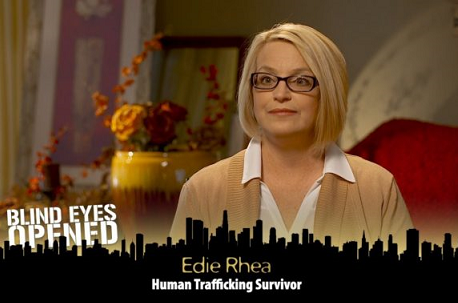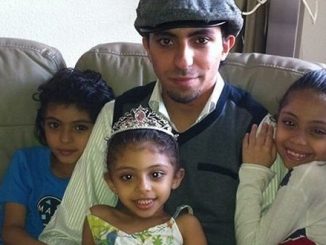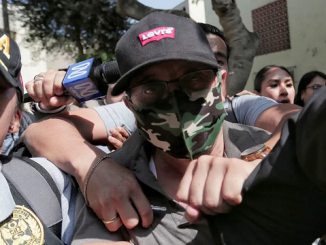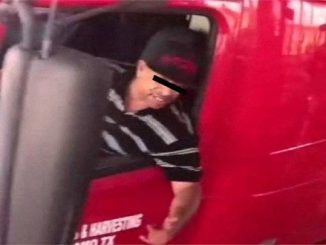
TAMPA (WFLA) – Human trafficking is not an easy thg to describe. People often think of the sex trade — massage parlors, strip clubs, prostitution — all very grown-up activities with seemingly faceless, nameless victims. Many people picture women forced into a life of sex in some faraway place.
The reality is something very different. Just ask human trafficking survivor Edie Rhea.
“It’s not overseas. It’s here in the United States, in Florida, in Tampa,” Rhea said.
Edie Rhea says she was victimized by her mother’s boyfriend beginning when she was just 8 years old. “At 8, he started sexually abusing me, and then by 10 he started selling me,” she said.
On a recent morning she re-visited Tampa’s Rowlett Park where she says she was first sold into a life of sex.
“I would go to school, come home, throw my books down and then… cars would pull up, trucks, vans, and they would park,” she explained. “I would meet, you know, the men and work.”
That terrifying existence went on from the time she was 10 until she was 17 years old.
Sometimes adults would take her to a nearby motel that’s still on Nebraska Avenue, and every time, she fearfully did what her mother’s boyfriend told her she had to do.
“He would threaten me, threaten to kill me, threaten to kill my mom,” she said.
Special Agent James Spero is in charge of the Department of Homeland Security Investigations Tampa office. He says a common misconception is that human trafficking happens somewhere else.
“It could be going on right in your neighborhood or right down the road from where you work,” Spero said.
It’s so widespread in fact, it’s estimated there are 25 million human trafficking victims worldwide, and Florida has the third highest number of reported cases in the country.
Capt. Andy Miller is in charge of the Salvation Army’s Tampa Command. Late last year, he launched the first-ever Bay Area emergency shelter for victims of human trafficking. He says the need was so great the agency created a kind of triage center to get victims to immediate safety.
“We want to be a place where when there’s a need we can pull them in, give them a safe place, give them food, give them the initial counseling they need. Then we can get them to long-term places,” Miller said.
Edie Rhea never had that lifeline. She broke the cycle on her own. Now she hopes to be that lifeline to others.
“We have to stop this epidemic right now,” she said.
According to the National Human Trafficking Hotline, 2017 saw 878 calls regarding human trafficking in Florida.
According to the Department of Homeland Security Investigations, here are common indicators to help recognize human trafficking:
- Does the person appear disconnected from family, friends, community organizations, or houses of worship?
- Has a child stopped attending school?
- Has the person had a sudden or dramatic change in behavior?
- Is a juvenile engaged in commercial sex acts?
- Is the person disoriented or confused, or showing signs of mental or physical abuse?
- Does the person have bruises in various stages of healing?
- Is the person fearful, timid, or submissive?
- Does the person show signs of having been denied food, water, sleep, or medical care?
- Is the person often in the company of someone to whom he or she defers? Or someone who seems to be in control of the situation, e.g., where they go or who they talk to?
- Does the person appear to be coached on what to say?
- Is the person living in unsuitable conditions?
- Does the person lack personal possessions and appear not to have a stable living situation?
- Does the person have freedom of movement? Can the person freely leave where they live? Are there unreasonable security measures?
If you or someone you know needs help:
- 1-888-373-7888
- National Human Trafficking Resource Center
- SMS: 233733 (Text “HELP” or “INFO”)
- Hours: 24 hours, 7 days a week
Source wfla.com





Be the first to comment